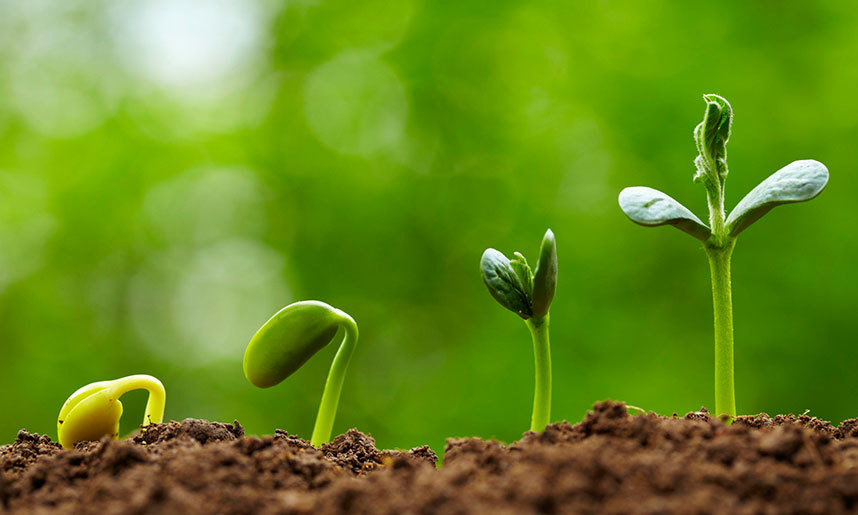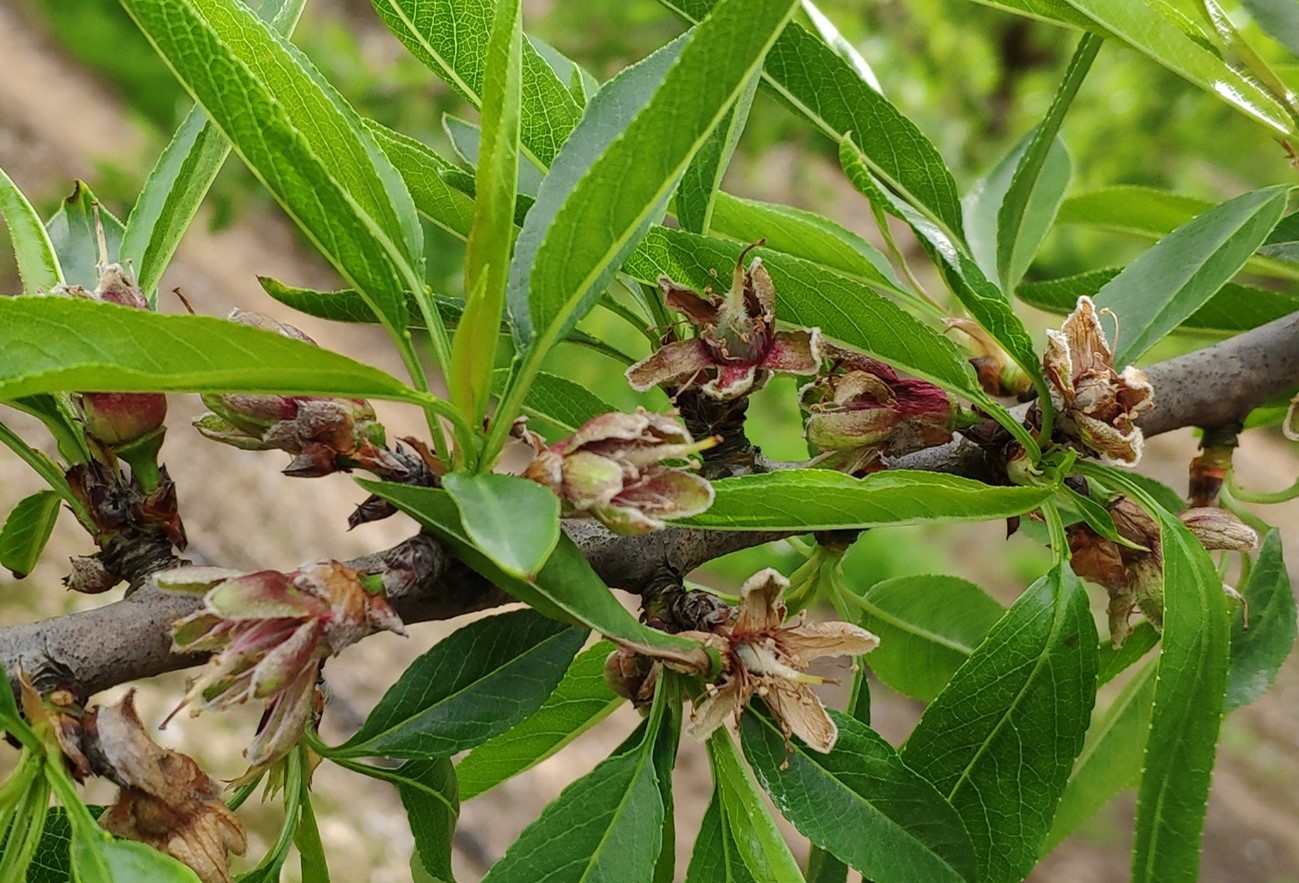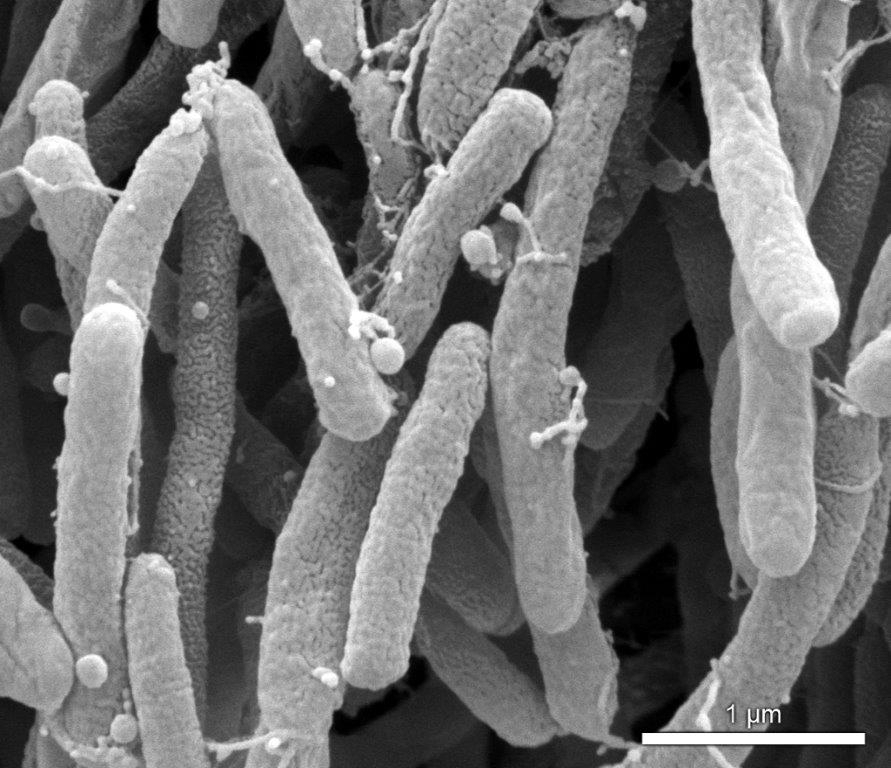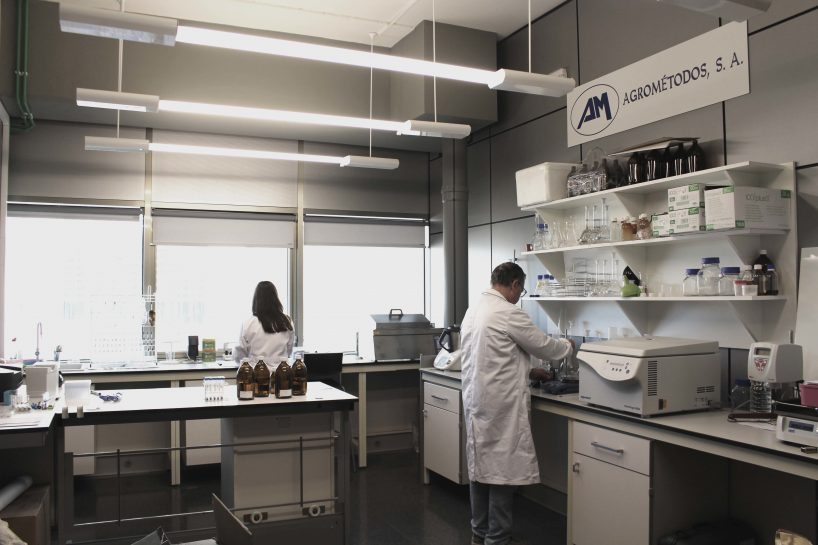
Agrométodos opens its new Research Laboratory
One of Agrométodos’ priorities is investment in R+D+i, which enables us to fulfil the company’s mission (bridging the gap between research and the grower) and achieve the vision in which we want to be a benchmark with a series of exclusive products that have a high scientific-technical value.
To do this, Agrométodos has restructured part of its Research and Innovation department with the opening of its new laboratory, equipped with the most modern materials and specific high-technology equipment, which differentiates us in biotechnological innovation. Among this equipment we have: an ultraviolet and visible radiation spectrophotometer, to quantify inorganic ions, such as agricultural macronutrients and micronutrients, as well as organic compounds, such as DNA or protein; a high-performance liquid chromatography machine (HPLC), for the detection of organic compounds of agricultural interest in different environmental matrices: soil, water, fertilizers, etc.; a laminar flow cabinet, to perform microbiological analysis under sterile conditions, and a climatic chamber of controlled photostability and photoperiod for the cultivation and study of plants.
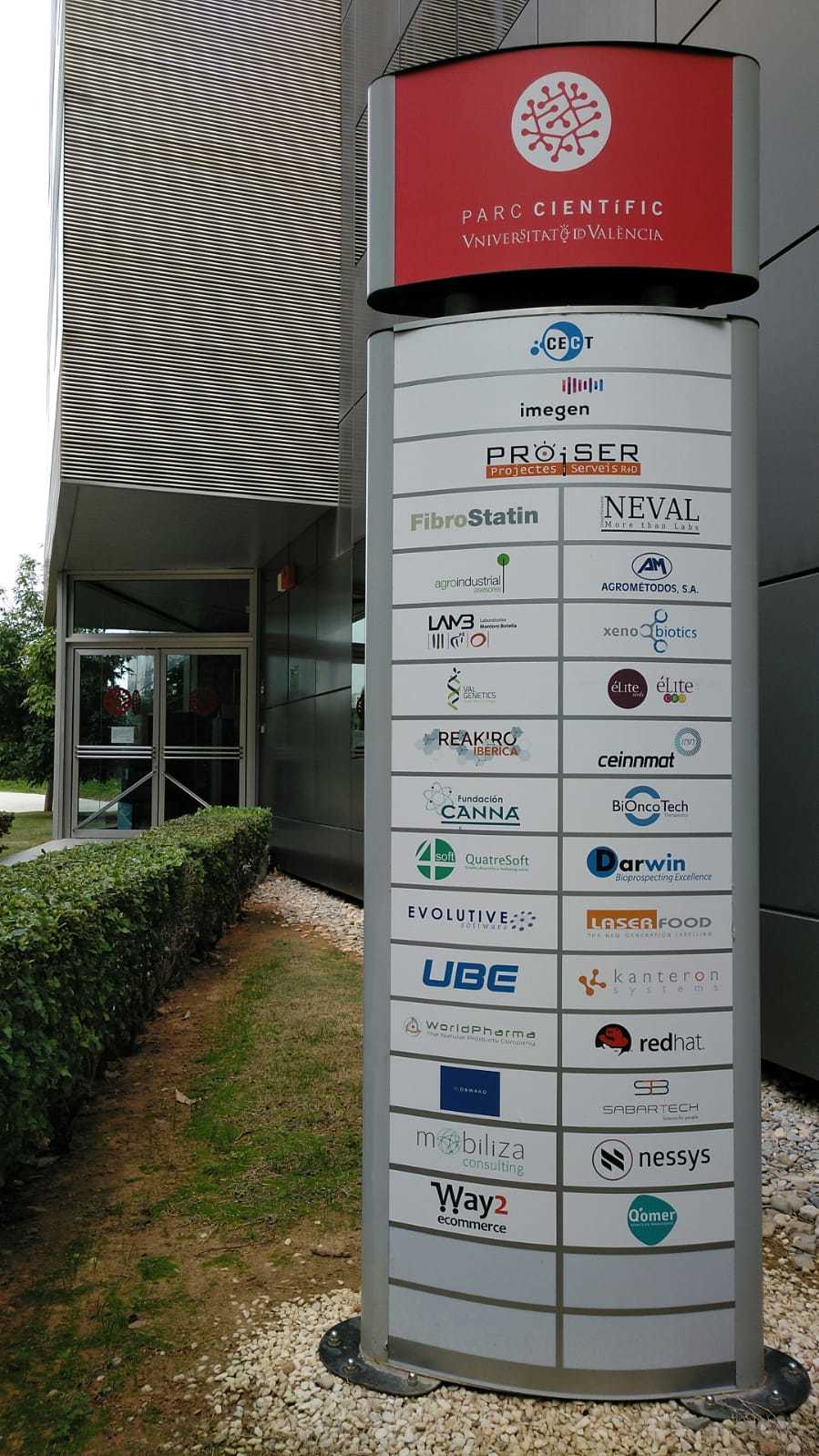
Parc cientific.
These new facilities are located in the Science Park of the University of Valencia, which provides different services and facilities to companies and, as in our case, business R+D departments with content related to the nature of this innovation organisation, thus being able to develop our work in an ideal environment.
The main objective that our professionals are targeting with these innovative facilities is the study and detection of substances that are able to generate a benefit for different agricultural crops.
The first fundamental research phases for the study and knowledge of a substance or a potential product are carried out in our new facilities.
It is important to note that once these products pass the research phase in the laboratory, they continue their development stage either at the hands of the highly qualified professionals in our Development department, or through collaborations with external entities; EOR companies, universities, public institutes for agricultural research and development, etc.


